With its distinctive oblique bands of color, the Seychelles flag tells a captivating story of the archipelago nation. Each shade and its placement on the flag are deliberate, weaving together narratives of the islands’ natural wonders, the aspirations of its people, and the nation’s historical journey.
Seychelles Flag
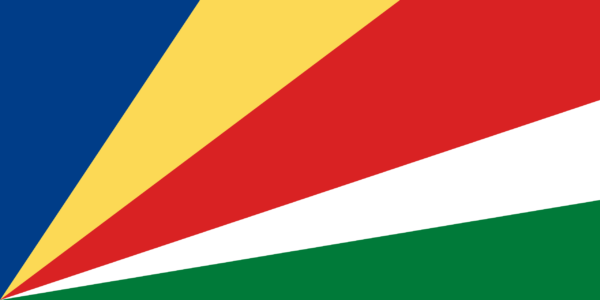
The flag of Seychelles features five diagonal bands that originate from the bottom left corner and fan out to cover the entire expanse of the flag. The design is distinctive and immediately recognizable.
Each band is symbolic, representing various aspects of the nation’s identity. This flag is not just a national emblem but a reflection of Seychelles’ history and commitment to its people and environment.
Seychelles Flag: Color Palette
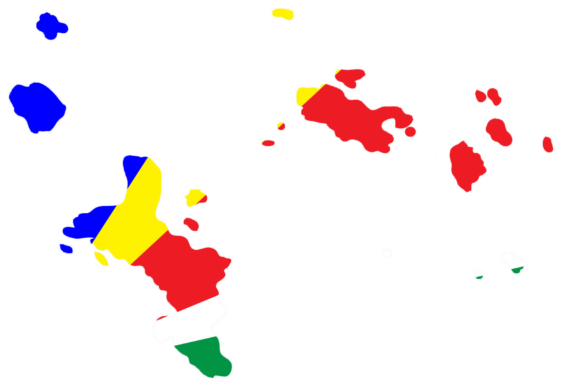
Seychelles Flag Emoji: 🇸🇨
The flag of Seychelles boasts a diverse and meaningful color palette. Each hue has been carefully chosen to encapsulate the essence and spirit of the nation.
As we delve into the subsequent segment, we will unearth the significance behind each shade in this symbolic design.
Meaning of Each Color
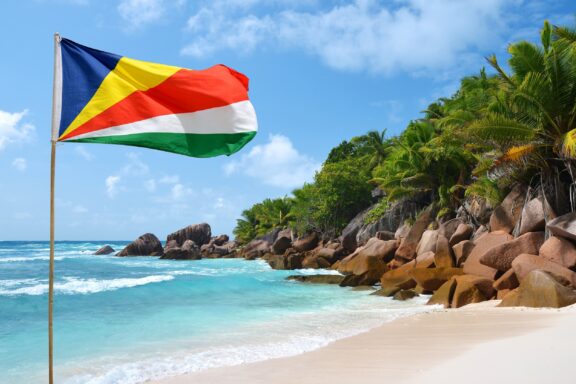
Blue
Historically connected to the vast expanse of the Indian Ocean that surrounds Seychelles, blue represents the country’s geographical identity and its maritime heritage.
It evokes images of serene beaches and endless horizons, a testament to the country’s deep bond with the waters that have shaped its history and economy.
Yellow
This sunlit shade symbolizes the bright sun that bathes the islands in its warm glow. Beyond the apparent meteorological connection, yellow is a nod to optimism, hope, and the cheerful spirit of the Seychellois. It reminds locals and visitors alike of the sunny days and the bright future Seychelles envisions.
Red
Red is a powerful color, often associated with passion and accord. For Seychelles, it signifies the agreement and love of the people. Historically, it can also be linked to the struggles for independence and the sacrifices made by the Seychellois to carve out their nation.
White
White stands as a beacon of peace, purity, and harmony. In the cultural beliefs of Seychelles, white symbolizes justice, equity, and the aspiration for a harmonious coexistence among its diverse populace.
Green
Green is emblematic of Seychelles’ rich biodiversity and lush landscapes. The islands are home to unique flora and fauna, and this color serves as a reminder of the nation’s commitment to preserving its natural treasures.
It ties back to the deep-rooted respect and connection the Seychellois have with their environment and their cultural belief in the importance of nature.
Seychelles Coat of Arms
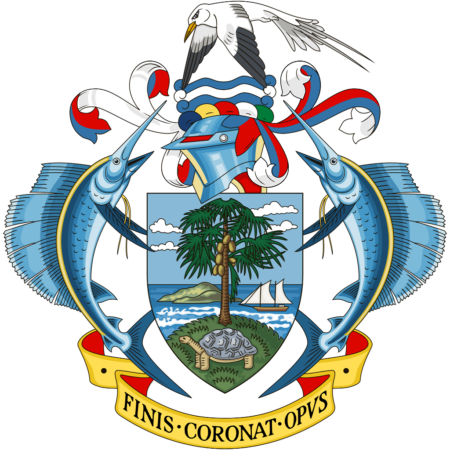
The Republic of Seychelles’ coat of arms, characterized by vibrant symbols reflecting the nation’s legacy, showcases a shield against an azure backdrop.
Within, a Female Coco de Mer Palm (Lodoicea maldivica) emerges from a grassy mount, accompanied by a Giant Tortoise (Testudo gigantea). In the backdrop, a two-masted schooner sails near an island, all depicted naturally.
Above the shield, the crest is adorned with a White Tailed Tropic Bird (Phaethon lepturus lepturus) in flight, set over wavy blue and argent waters, encapsulated by a wreath combining azure, or gules, and vert.
The emblem is flanked by two supporting Sail Fish (Istiophorus gladius). Below, the timeless motto, “Finis coronat opus” (Latin for “The End Crowns the Work”), underscores the emblem.
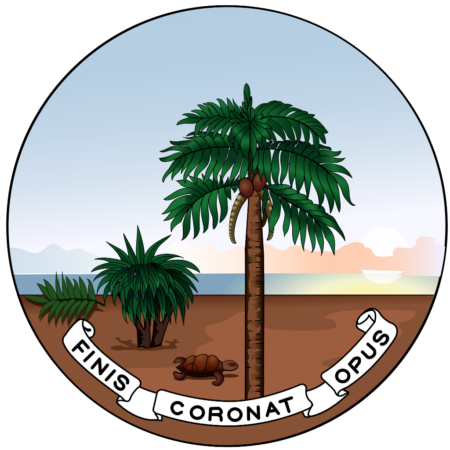
Historically, the coat of arms has seen transformations, from its inception in 1903, post Seychelles’ separation from Mauritius to its redesign in 1961 and further modifications in 1976 and 1996.
These evolutions, whether the addition of the schooner symbolizing inter-island traffic or the color transitions echoing the national flag, encapsulate Seychelles’ rich history and evolving identity.
Interesting Read: Top 10 Richest Countries in Africa (Seychelles being the richest by GDP per capita)
Historical Evolution and the Meaning Behind Changes
The Seychelles flag has witnessed a compelling evolution, reflecting the nation’s journey, aspirations, and shifting identity.
Before gaining independence in 1976, Seychelles didn’t have a distinct national flag. During colonial times, the islands used the British Blue Ensign with the colony’s badge on the fly as a British colony.
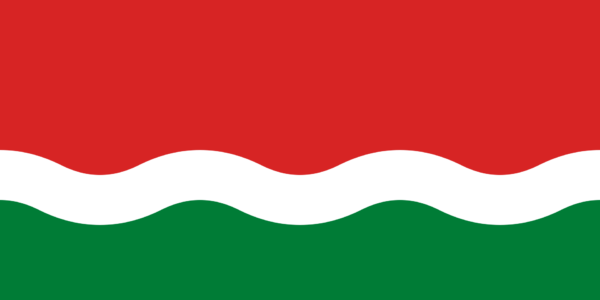
Upon achieving independence from Britain on 29th June 1976, Seychelles adopted its first national flag. This version had five oblique bands of blue, yellow, red, white, and green, derived from the two major political parties at the time.
In line with the change in the coat of arms’ colors, the national flag was modified on 18 June 1996. The transition led to a brighter and more vivid color palette, which retained the symbolic blue, yellow, red, white, and green hues.
However, the significant distinction was in the torse of the national coat of arms, which was aligned with the colors of the new flag.
Seychelles’ flag design and color shifts were deeply rooted in the nation’s socio-political developments. The change to a brighter flag was more than just aesthetic; it symbolized a rejuvenated nation, looking forward with hope, mirroring the vibrancy and diversity of the archipelago.
Overall Symbolic Meaning of The Flag
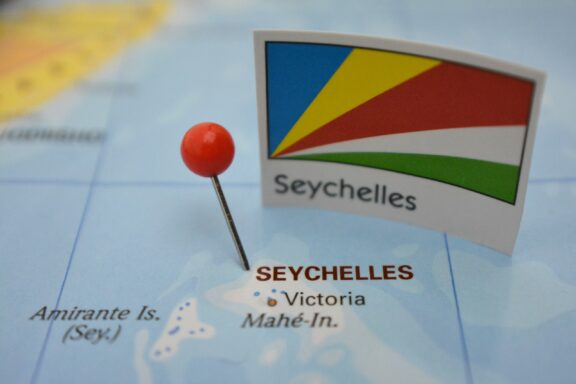
The flag of Seychelles is a vibrant tapestry that intertwines the nation’s core values and natural beauty. The blue symbolizes its maritime connection, while the bright yellow reflects optimism and the nation’s sunlit spirit.
The deep red represents the unity and passion of its people, with the serene white signifying harmony. Finally, the verdant green pays tribute to the islands’ lush biodiversity. The flag conveys a unified message of a nation rooted in nature and committed to harmony.
Similar Flags to Seychelles
Guyana
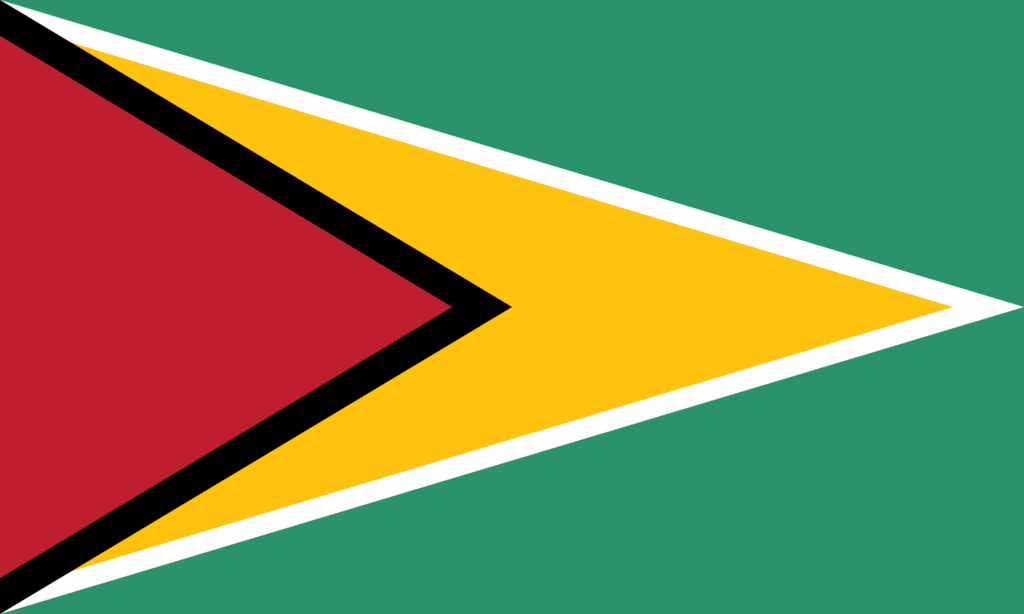
Guyana’s national flag, known as the “Golden Arrowhead,” exhibits a unique design that can evoke memories of Seychelles’ flag. The fanned arrangement of colors that emanates from the lower hoist-side corner is reminiscent of the Seychelles’ radiating bands.
While Guyana’s flag has green (representing agriculture and forests), white, gold (for mineral wealth), and red (for zeal and dynamism) with a black fimbriation, the sense of colors spreading out from a single point is a distinctive shared element with Seychelles’ design.
Marshall Islands
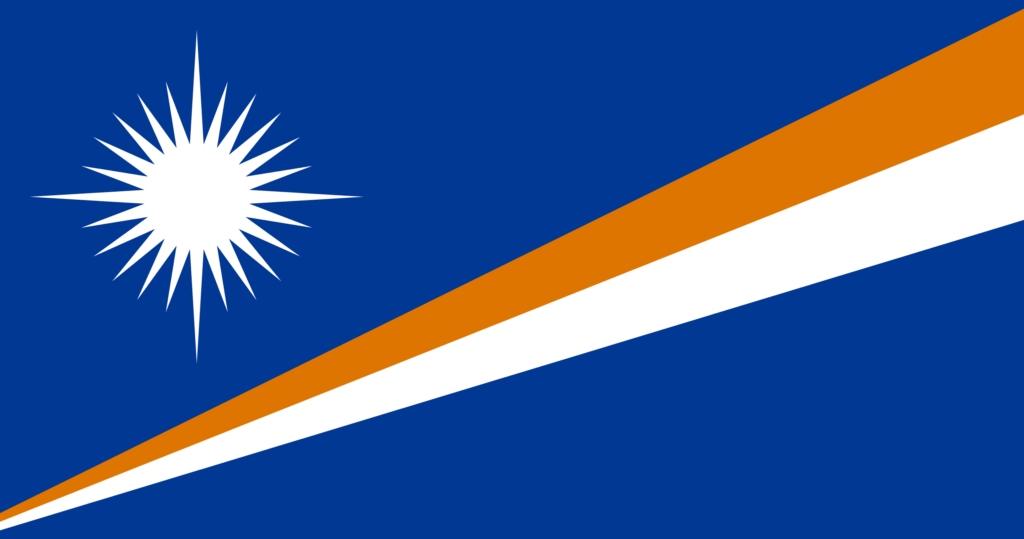
The flag of the Marshall Islands carries a simplistic yet profound representation. Featuring a broad diagonal stripe that splits into two thinner, radiating bands, its design can be subtly reminiscent of Seychelles’ vibrant bands.
The Marshallese flag’s blue represents the Pacific Ocean, and the orange and white stripes symbolize the Ratak and Ralik island chains. While the colors and meanings differ from Seychelles’, the diagonal orientation offers a sense of kinship in design.
Republic of the Congo
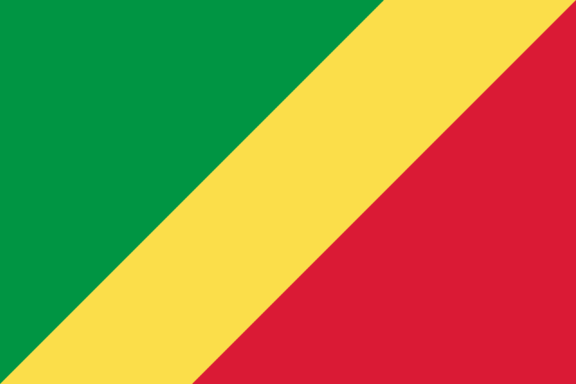
The Republic of the Congo’s flag boasts a diagonal design split into two primary sections by a yellow band. This yellow fimbriation separates the two main colors: green and red.
The structural semblance lies in using a diagonal pattern, much like Seychelles. However, the symbolism of Congo’s flag, rooted in its post-colonial identity, Pan-Africanism, and the country’s lush vegetation, differs from that of Seychelles.
Comoros
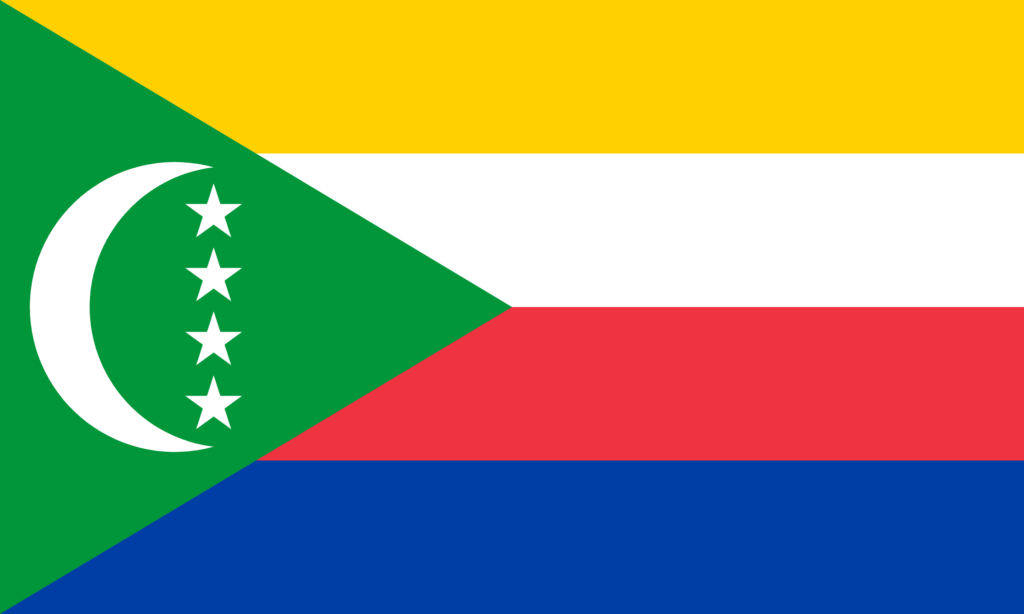
Comoros’ flag is characterized by four horizontal bands of color: yellow, white, red, and blue. At a glance, it shares a color palette similarity with Seychelles, particularly in using vibrant and diverse colors.
While the orientation and structure are different, with Comoros also featuring a crescent and four stars on the third band, the shared hues might evoke a visual connection with Seychelles’ flag. The colors in Comoros’ flag represent the country’s four main islands, each with its distinct identity and history.
Conclusion
The flag of Seychelles, with its vibrant bands of color, represents the nation’s history, environment, and cultural ethos. The blue highlights its maritime connections, the yellow signifies optimism, and the red represents the unity of its people.
Meanwhile, the white and green evoke peace and the islands’ natural beauty. As an emblem, it tells a story of Seychelles’ identity, capturing its heritage and aspirations, and stands as a proud symbol for its citizens globally.
Image Sources and Copyright Information
- Seychelles Flag on Tropical Beach: © Vaclav Volrab/Shutterstock
- Seychelles Coat of Arms: © Sodacan/Wikimedia | CC BY 3.0 Unported
- Seychelles Coat of Arms Illustration: © LadyofHats/Wikimedia | CC0 1.0 Universal
- Seychelles Flag Pin on Map: © JoaoCachapa/Shutterstock